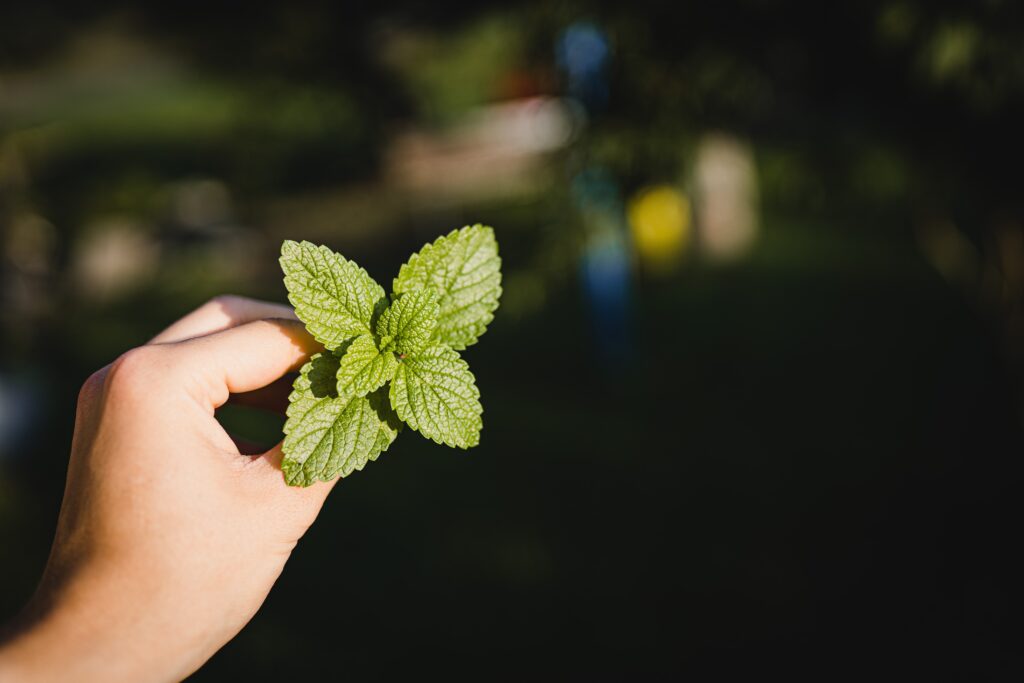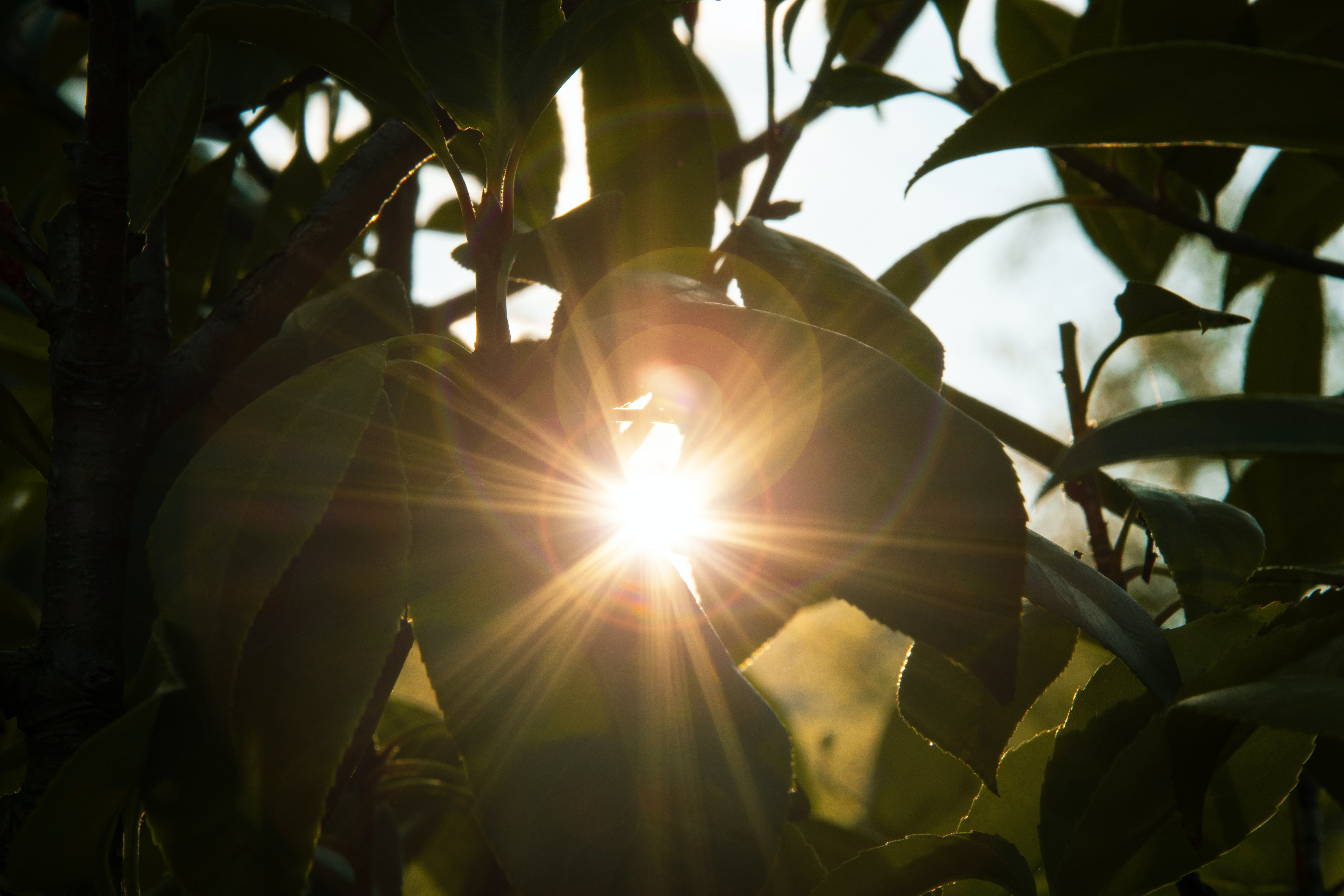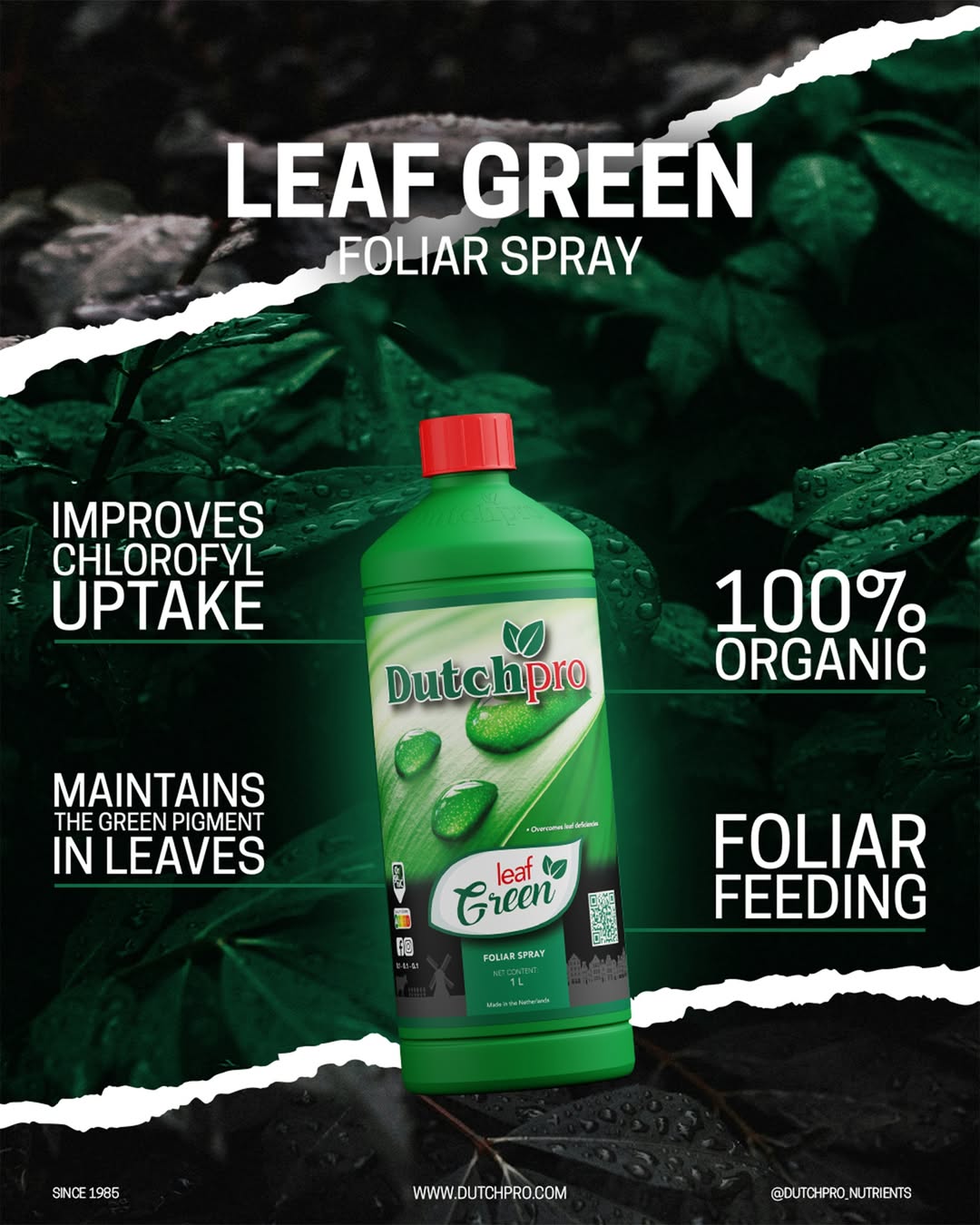Light is important to plants because it is the main source of energy for photosynthesis, the process by which plants convert light energy into chemical energy. This chemical energy is stored in the form of glucose, which is used by the plant to grow and function. Without enough light, plants will not be able to photosynthesize and will not be able to survive.
In this article we will explain everything you need to know about lights. This is the Ultimate Guide for lights.
- General information
- How does light help a plant
- Natural light
- Artificial Light
- Outdoor & Indoor
- Too much light & too little light
- Difference in indoor light quality
- How to check how much light my plant needs
- Where to place a plant.
2. How does light help a plant
Lights are important for plants because they provide the energy that plants need to photosynthesize and grow. Photosynthesis is the process by which plants convert light energy into chemical energy in the form of glucose. This glucose is used by the plant as fuel for growth and development. Without enough light, plants will not be able to produce enough glucose to sustain themselves and will eventually die. Lights can also help to regulate the plant’s internal clock, allowing it to know when to grow, flower, and bear fruit. In addition, lights can also help to keep plants healthy by providing the right balance of light intensity, duration, and wavelength for optimal growth.
3. Natural light
Natural light for plants is sunlight that reaches the Earth’s surface. Sunlight is made up of different types of electromagnetic radiation, including visible light, ultraviolet light, and infrared light. Plants are able to use the energy from visible light to photosynthesize and grow. Different wavelengths of light can have different effects on plant growth, and plants have evolved to maximize the use of the light available in their environment. For example, some plants are adapted to grow in low light conditions, while others require full sun to thrive. That’s why not all plants can be grown outdoors in every country.
4. Artificial light
Artificial lights for plants are any type of light that is not produced by the sun. These lights are often used to supplement natural sunlight or to grow plants in environments where there is not enough natural light. Some common types of artificial lights for plants include incandescent lights, fluorescent lights, LED lights, high-intensity discharge (HID) lights, and grow lights. Artificial lights can be used to provide the energy that plants need to photosynthesize and grow, and they can also be used to regulate the plant’s internal clock, allowing it to know when to grow, flower, and bear fruit. In general, artificial lights are used to help plants grow in environments where they would not normally be able to thrive.
Incandescent lights:
These are traditional light bulbs that produce light by heating a filament until it glows. Incandescent lights are not very efficient for growing plants because they produce a lot of heat and not much light.
Fluorescent lights:
These lights produce light by passing an electric current through a gas, which causes it to fluoresce. Fluorescent lights are more energy-efficient than incandescent lights and are often used for growing plants indoors.
LED lights:
LED lights produce light by passing an electric current through a semiconductor material. They are very energy-efficient and can produce a wide range of colors, making them a popular choice for growing plants.
High-intensity discharge (HID) lights:
These lights produce light by passing an electric current through a gas or metal vapor. HID lights are very bright and are often used for growing plants in greenhouses or hydroponic systems.
Grow lights:
These are specialized lights that are designed specifically for growing plants. They can be made from a variety of different technologies and are often used to supplement natural sunlight or to grow plants indoors.
- Outdoor & Indoor
Indoor and outdoor growing refer to the location where plants are grown. Indoor growing refers to the practice of growing plants inside a building or enclosure, while outdoor growing refers to the practice of growing plants outside in a natural environment.
One of the main differences between indoor and outdoor growing is the amount of light that is available. Outdoor plants are exposed to natural sunlight, which provides a full spectrum of light and is generally considered to be the best light source for plants. Indoor plants, on the other hand, may not receive enough natural light, especially if they are grown in a room with windows that face away from the sun or in a basement. In these cases, artificial lights may be used to supplement the natural light and provide the energy that plants need to grow.
Other differences between indoor and outdoor growing include temperature, humidity, and ventilation. Indoor growing environments may be more controlled and easier to manipulate, but outdoor growing environments may offer the benefits of natural elements such as rain and wind. Ultimately, the choice between indoor and outdoor growing will depend on the specific needs of the plants and the resources and space available.
- Too much light & too little light
Plants need light to survive and thrive, but too much or too little light can be detrimental to their health. It is important for gardeners and growers to understand the light requirements of their plants and to provide the right amount of light to ensure their success.
Too much light can be harmful to plants. When plants are exposed to excessive light, they can become stressed and may stop growing or wilt. In extreme cases, too much light can even cause plants to die. It is important to pay attention to the light levels in a plant’s environment and to provide some shade or protection if necessary.
On the other hand, too little light can also be detrimental to plants. When plants do not receive enough light, they may become weak and spindly, and they may not produce flowers or fruit. In order to grow and thrive, plants need a certain amount of light to photosynthesize and convert energy into glucose. Without enough light, plants will not be able to produce enough energy to sustain themselves, and they may eventually die.
It is important to pay attention to the light levels in a plant’s environment and to provide the right amount of light for optimal growth. This may involve moving the plant to a different location or using artificial lights to supplement natural light. By understanding the light needs of their plants, gardeners and growers can help to ensure their success and keep them healthy.
- Difference in indoor light quality
One key difference between the types of lights is their efficiency. Incandescent lights are not very efficient for growing plants because they produce a lot of heat and not much light. Fluorescent lights are more energy-efficient and are often used for growing plants indoors. LED lights are also very energy-efficient and can produce a wide range of colors, making them a popular choice for growing plants. HID lights are very bright and are often used for growing plants in greenhouses or hydroponic systems.
Another difference between these types of lights is their spectrum, or the range of wavelengths that they produce. Different wavelengths of light can have different effects on plant growth, and plants have evolved to maximize the use of the light available in their environment. Some lights are designed to produce a full spectrum of light that is similar to sunlight, while others may be designed to produce a specific range of wavelengths that are beneficial for certain types of plants.
In general, the choice of indoor lighting for growing will depend on the specific needs of the plants and the resources and space available. It is important to choose the right type of light and to provide the right amount of light to ensure the success and health of the plants.
- How to check how much light my plant needs
There are several ways to check how much light your plant needs:
Look up the light requirements of your plant species. Many plants have specific light requirements, and you can often find this information online or in a plant care guide.
Observe your plant’s growth patterns. If your plant is receiving too much or too little light, you may notice that it is not growing or developing as it should. For example, a plant that is receiving too little light may be leggy and weak, while a plant that is receiving too much light may be wilted or burnt.
Use a light meter. A light meter is a tool that measures the intensity of light in a given area. By placing the light meter near your plant and comparing the readings to the light requirements of your plant species, you can determine whether your plant is receiving the right amount of light.
Look for signs of light stress. Plants that are receiving too much or too little light may show signs of stress, such as yellowing leaves or stunted growth. Paying attention to these signs can help you to identify whether your plant is receiving the right amount of light.

- Where to place a plant.
To determine the best location for your plant, it is important to assess the amount of direct sunlight, indirect sunlight, and shadow in the area where the plant will be placed. This can be done by observing the path of the sun through your location and monitoring how the sunlight shines inside your house or in your garden.
Once you have identified the available locations inside your house or garden, you can shop for plants or move existing plants according to their light requirements. Most plants have their light needs labeled on the pot or in care guides, and this information can also be found online. However, it is important to be sure that you have the right plant on your screen (the best site to use it the site from the location you bought the plant from, if possible). You can also ask an employee to help you out.
After identifying the best locations and choosing plants that match those requirements, you can go ahead and place the plants in the designated areas. Once the plants are in place, it is a good idea to keep an eye on them and make any necessary adjustments to ensure that they receive the right amount of light for optimal growth.






